Two Tai Chi Secrets for Eliminating Knee Pain
Knee pain? I empathize.
I experienced chronic knee pain for years. Years of contact sports, including collegiate football and competitive martial arts, and decades of pounding my body with high impact training took their toll. Multiple knee injuries, two surgeries.
Over time, my knees hurt, more and more.
Stairs? Knee pain.
Getting out of a chair? Knee pain.
Driving in the car? Knee pain.
Eventually, my doctor diagnosed knee osteoarthritis (Knee OA), in both knees.
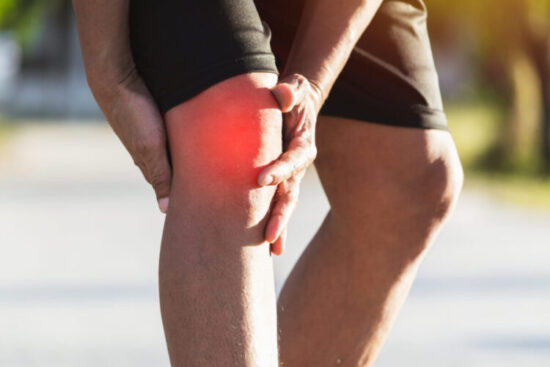
Fast-forward to today. My knees are virtually pain-free. And as the Head Instructor of the leading Tai Chi school in Chicago, I'm active. On my feet and moving all day, leading classes, workshops, and private lessons.
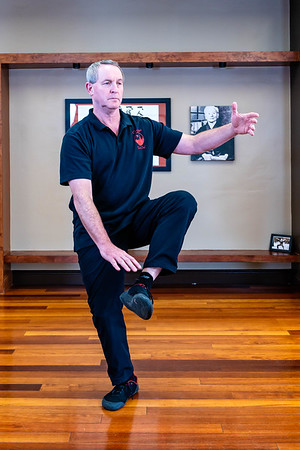
What caused that transformation? Tai Chi.
Yes, Tai Chi, the low-impact whole body exercise derived from the ancient Chinese martial art.
I've made it my mission to share the keys to that transformation with other knee pain sufferers.
To that end, I developed and teach the Tai Chi for Knee Health System. Tai Chi for Knee Health distills the knee-specific benefits of Tai Chi into a step-by-step, easy-to-learn exercise program. All designed to restore knee health, eliminate knee pain, and get you moving again.
In this article, I'm going to share two keys from the Tai Chi for Knee Health System. I'll also lead your through two Quick Exercises to help you get a feel for these techniques. Practicing these techniques will start you on the road to healthier knees today.
(You can learn the entire program in my book Tai Chi for Knee Health: The Low-Impact Exercise System for Eliminating Knee Pain.)
First, a little background on chronic knee pain and some promising scientific research for those of us with knee issues.
Leading Cause of Chronic Knee Pain: Knee Osteoarthritis (Knee OA)
Many conditions can cause chronic knee pain—knee injuries, bursitis, tendonitis, rheumatoid arthritis, patellofemoral syndrome.
By far the major cause of chronic knee pain in adults is Knee OA. Knee OA involves the progressive breakdown of cartilage and other structures in the knee. More than 10 million adults in the US suffer from Knee OA.
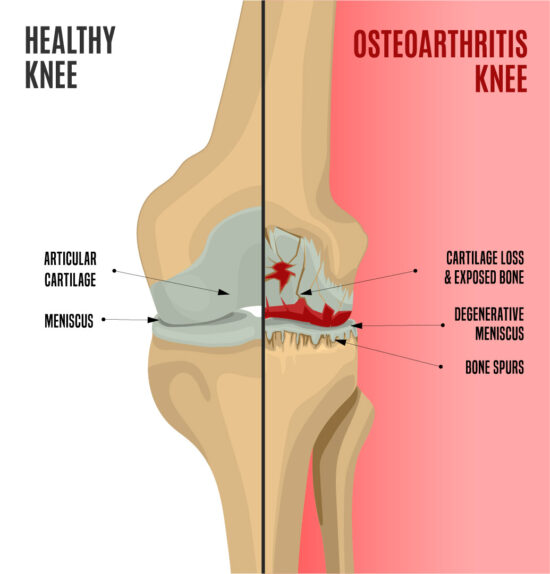
The major symptom of Knee OA? Knee pain. Knee OA is considered a degenerative disease. Meaning it tends to get worse, not better. Treatment typically involves pain medicine, then, ultimately, knee replacement surgery. All with associated costs and risks.
Yes, chronic knee pain seems like bad news. But that's not the whole story.
There's good news too.
The Good News for People with Knee Pain
Recent scientific research suggests two very promising findings for knee pain sufferers:
- Low-impact exercise is OK for Knee OA. Research shows that low-impact, therapeutic exercise can be safe for those with chronic knee pain. (Quick et al. 2015.) (Note: Get clearance from your medical professional before starting any new exercise program.)
- Tai Chi is good for Knee OA. Multiple studies have found that the low-impact exercise of Tai Chi significantly reduces knee pain and increases physical function in people with Knee OA. (Wang et al. 2016, Tsai et al. 2013, Lee et al. 2009, Wang et al. 2009, Shen et al. 2008, Brismeé et al. 2007, Fransen et al. 2007, Song et al. 2003.)
The research shows that even with Knee OA, it's safe to keep exercising, so long as it's the right kind of exercise.
So what's the right kind of exercise?
Tai Chi is ideal. Tai Chi provides low-impact, powerful exercise for the whole body. Plus studies show Tai Chi improves Knee OA symptoms, reducing, even eliminating, knee pain.
Promising findings, indeed.
With that background, I want to share Two Tai Chi Secrets for Eliminating Knee Pain.
Secret #1: Feel Your Knees
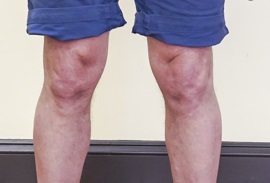
Feel Your Knees
In my Tai Chi for Knee Health System, the first learning objective is developing the sensitivity to really feel your knees. Including feeling inside your knees.
For most people, this is new. We typically don't pay any attention to our knees. Until they hurt.
But our knees are rich with nerve endings. Those nerve endings constantly transmit information to the brain. Developing knee sensitivity involves consciously tuning into those nerve signals and associated sensations.
Feeling the pressure in your knees.
One important set of sensations is the feeling of pressure inside the knee. That sensation of pressure comes from forces applied to your knee by your weight, by the ground, and by movement. With a little training and practice, you can develop the sensitivity to feel that pressure in increasing detail, including how that pressure is distributed inside your knees.
A core skill you developed in my Tai Chi for Knee Health program is how to feel the pressure in your knees, and how to balance that pressure inside the knee. When the pressure your the knees is as even and balanced as you can get it, I call that being on your "Sweet Spot."
When you are on your Sweet Spot, you are not putting excess pressure into any part of the knee. This helps reduce or eliminate irritation of injuries or areas of arthritis. Over time, feeling your knees and staying on your Sweet Spot can reduce pain.
Want to get a feel for it? Try Quick Exercise #1.
Quick Exercise #1: Feeling Your Knees
Here's a quick exercise you can do right now to start feeling your knees.
1. Stand comfortably. Start by standing comfortably, with your feet about shoulder width apart, spine and head lightly lifted, shoulders relaxed, arms hanging comfortably at your sides.
2. Feel your knees. Direct your feeling awareness to your knees. "Get your mind in your knees," as I like to say. What can you feel?
There are lots of nerve endings in your knees. Take a moment or two and feel for whatever sensations you can.
3. Feel the pressure in your knees. Next, focus your awareness on any sense of pressure in your knees. The sensation of pressure comes from the weight of your body above the knee compressing the knee joint.
Feel for how that pressure is distributed. Do you feel more pressure in the front of your knees? On the inside of your knees? On the outside of your knees? Do you feel more pressure in one knee than the other?
4. Balance the pressure in your knees. Finally, adjust your knee position and posture so that the sensations of pressure in your knees is as even and balanced as you can get it.
With that, you are on your way toward finding your "Sweet Spot," that place where the pressure in your knees is as even and balanced as you can get it.
For most us, balancing the pressures in our knees is new. We've never done it before.
With training and practice, you discover how to stay on your Sweet Spot through increasingly dynamic movement. Even when climbing stairs, getting out of a chair, and doing lots of different exercises.
This helps reduce irritation in the knee caused by excess pressure grinding into one part of the knee or another.
So that's Secret #1 Feel Your Knees. I encourage you to to use Quick Exercise #1 to start developing your knee sensitivity today.
With that, on to Secret #2.
Secret #2: The Two Fundamental Knee Alignments
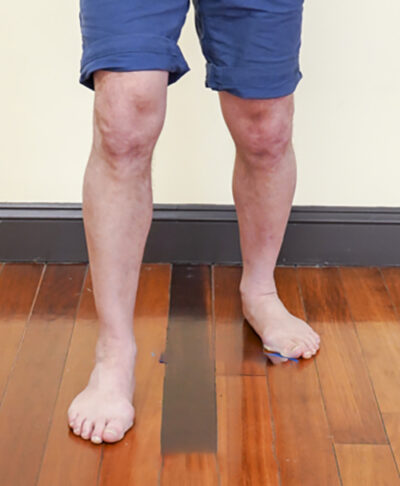
The Two Fundamental Knee Alignments
Keeping your knees correctly aligned helps you balance the forces going through your knees. Equally important, keeping your knees aligned helps you eliminate lateral (sideways) forces and twisting forces (torque) going into the knee.
Lateral forces and twisting forces are more likely to injure a knee or irritate spots of Knee OA.
But how do you align your knees? That leads to what I call the Two Fundamental Knee Alignments. With a little training and practice, it's pretty straightforward
Here they are:
Fundamental Knee Alignment #1: Knee Over Foot
Keeping your knee over your foot means: The center of the knee joint stays approximately over the center of the foot. By maintaining the knee over the foot, you avoid collapsing the knee in or out, and you avoid pushing the knee too far forward or back.
Fundamental Knee Alignment #2: Kneecap Aligned with Toes
Keeping the kneecap aligned with the toes means: The front of the knee is facing the same direction as the foot. By keeping the kneecap aligned with the toes, you avoid twisting the knee in or out.
Here's a depiction of the Two Fundamental Knee Alignments:
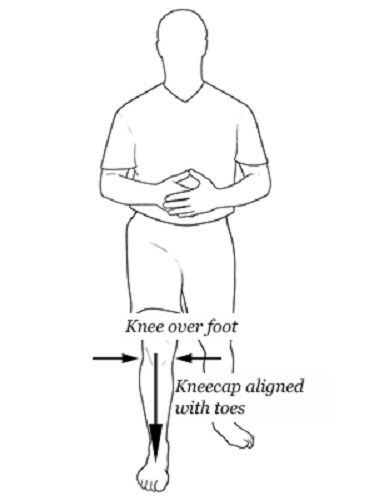
For contrast, here's a depiction of knees that are not correctly aligned:
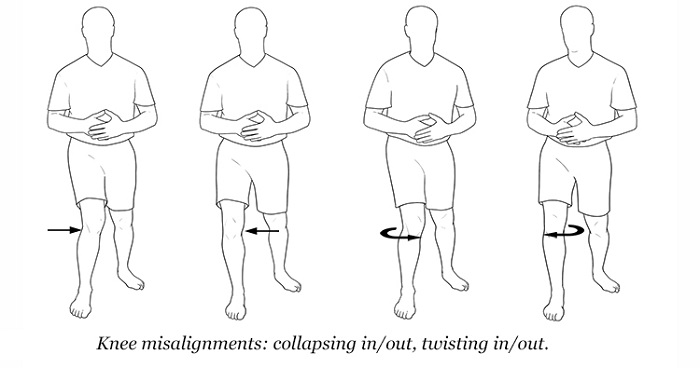
Each of these misalignments places uneven forces into the knee joint. If the forces are strong enough, they can cause injury to a healthy knee.
For a knee with OA, these forces can cause more pain and accelerate the breakdown of cartilage and other tissue. Not good!
Quick Exercise #2: Establishing the Two Fundamental Knee Alignments
Here's how to get a feel for the Two Fundamental Knee Alignments:
1. Stand comfortably. To get started, stand comfortably. Adjust your posture so that your weight is evenly distributed between your feet. Keep your knees unlocked.
2. Feel your knees. Next, get your mind in your knees. Feel the sensations your nervous system makes available. These sensations include the pressures inside your knees, and the positions of your knees in the relation to other parts of your body.
3. Take a small step forward. With your right foot, take a small step forward. Adjust your foot position for comfort and stability. Shift some weight onto your right leg.
4. Knee over foot. With small adjustments to your knee position, align your right knee directly over your right foot. When you get it, you will feel your weight drop cleanly through the knee into your foot.
5. Kneecap aligned with toes. Next, with small adjustments to your knee position, align your right kneecap so it points in the same direction as the toes of your right foot. When you get it, you will feel no twisting or torque going through your knee.
6. Check visually, correct. You can check your knee alignments in a mirror or have a partner check. Correct as necessary to get your knee over the foot and kneecap aligned with the toes.
7. Switch legs and repeat. Repeat steps 3 - 6 with the left leg forward.
With a little practice, you'll get the hang of establishing your knee alignments while standing. With that, you will be off to a solid start in transforming your knee health.
It Takes Training and Practice
My experience is that most people with knee issues do not maintain knee alignments, especially when shifting weight or turning their hips, even when it hurts their knees.
For nearly everyone, it takes practice and training. Most exercise training does not emphasize proper knee alignments.
My Tai Chi for Knee Health program includes progressive exercises to help you develop the sensitivity and skill to maintain knee alignments. First while standing, then through increasingly dynamic movements.
The time invested in training and practice will reward you many times over. I can tell you first hand, life is better without chronic knee pain!
Interested in Tai Chi for Knee Health? Click below for a Free Chapter from my book.
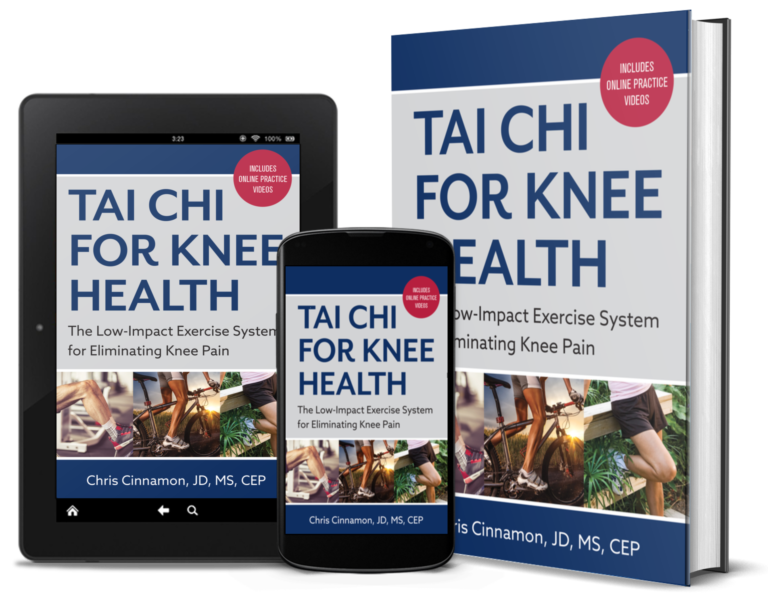
I wish you the best on your path toward healthy, pain-free knees!
If you found this article helpful, please share it. I welcome your comments and questions below. Thank you!

Chris Cinnamon, JD, MS, CEP
ACSM Certified Exercise Physiologist
Head Instructor
Chicago Tai Chi
whoah this blog is great i really like studying your posts.
Keep up the good work! You already know, a lot of people are looking around for this information,
you can aid them greatly.